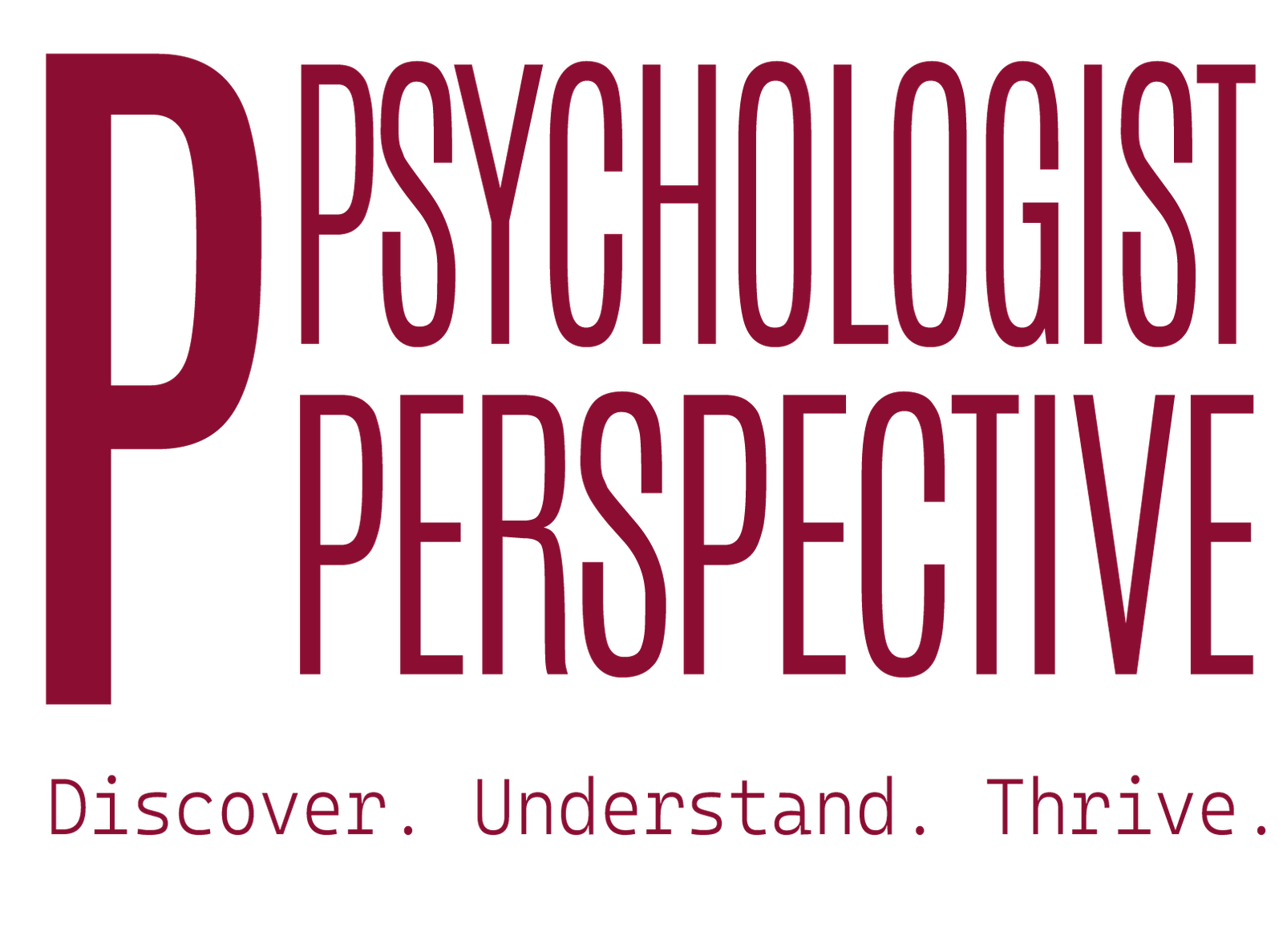SIGMUND FREUD
Sigmund Freud, born on May 6, 1856, in Freiberg, Moravia (now part of the Czech Republic), was an Austrian neurologist and the founder of psychoanalysis. Freud’s early life was marked by academic excellence, studying medicine at the University of Vienna and specializing in neurology. His work in the late 19th and early 20th centuries revolutionized the field of psychology, introducing concepts such as; the unconscious mind, the id, ego, and superego, and psychosexual development. The roots of modern psychoanalysis is the legacy of freud.
Freud’s interest in the human mind and behavior led him to develop psychoanalysis, a method of understanding and treating mental disorders through exploring unconscious conflicts and childhood experiences. Despite facing skepticism during his lifetime.
Freud’s theories profoundly influenced psychology, psychiatry, and cultural studies, shaping our understanding of personality, dreams, and the complexities of human motivation and behavior. Freud’s legacy continues to provoke debate and exploration in the field of psychology and beyond.
PSYCHOLOAYALYSIS AS A SCHOOL OF THOUGHT
Psychoanalysis, as a school of thought developed by Sigmund Freud, represents a comprehensive theory of human psychology and a therapeutic approach aimed at understanding and treating mental disorders. Freud’s ideas laid the foundation for this influential perspective, which continues to shape modern psychology in various ways. Here are the key components and concepts of psychoanalysis:
1.Unconscious Mind:
Freud proposed that the human mind is divided into three parts: the conscious, the preconscious, and the unconscious. The unconscious mind contains repressed thoughts, memories, desires, and emotions that influence behavior without our awareness. Psychoanalysis seeks to bring these unconscious contents into consciousness to promote psychological healing.
2.Structure of Personality:
Freud introduced a structural model of personality consisting of three components:
-
- Id: The primal and instinctual part of the psyche that operates on the pleasure principle, seeking immediate gratification of desires.
- Ego: The rational and conscious part of personality that mediates between the id, superego, and external reality. It operates on the reality principle.

Freud’s Model of Personality - Superego: The moralistic and internalized part of personality that represents societal norms, values, and conscience. It develops through socialization and strives for moral perfection .
3.Psychosexual Development:
Freud proposed that personality develops through stages of psychosexual development, each characterized by the fixation of libido (sexual energy) on different erogenous zones:
-
-
- Oral Stage
- Anal Stage
- Phallic Stage
- Latency Stage
- Genital Stage
-
Unresolved conflicts during these stages can lead to psychological issues in adulthood.
4.Defense Mechanisms:
Freud identified various defense mechanisms that the ego uses to protect itself from anxiety arising from conflicts between the id, ego, and superego. Common defense mechanisms include repression, denial, projection, and rationalization.
1.Therapeutic Techniques:
Psychoanalysis employs several techniques to explore and resolve unconscious conflicts:
-
- Free Association: Patients freely express thoughts and feelings without censorship.
- Dream Analysis: Interpreting dreams to uncover unconscious wishes and conflicts.
- Transference and Countertransference: Patients transfer emotions and attitudes onto the therapist, providing insights into unresolved issues.
Interpretation: Therapists analyze and interpret unconscious meanings behind patients’ thoughts, behaviors, and symptoms.
2.Focus on Childhood Experiences:
Freud emphasized the significance of early childhood experiences, especially interactions with parents, in shaping adult personality and behavior. He believed that unresolved conflicts from childhood could manifest as psychological symptoms later in life.
Freud’s psychoanalytic theory sparked significant controversy and criticism but also inspired the development of various psychodynamic and psychoanalytic approaches. While some aspects of Freudian theory have evolved and adapted over time, psychoanalysis remains a foundational perspective in psychology, influencing clinical practice, personality theory, and our understanding of human behavior and development.
Freud’s interest in the human mind and behavior led him to develop psychoanalysis, a method of understanding and treating mental disorders through exploring unconscious conflicts and childhood experiences. Despite facing skepticism during his lifetime, Freud’s theories profoundly influenced psychology, psychiatry, and cultural studies, shaping our understanding of personality, dreams, and the complexities of human motivation and behavior. Freud’s legacy continues to provoke debate and exploration in the field of psychology and beyond.




